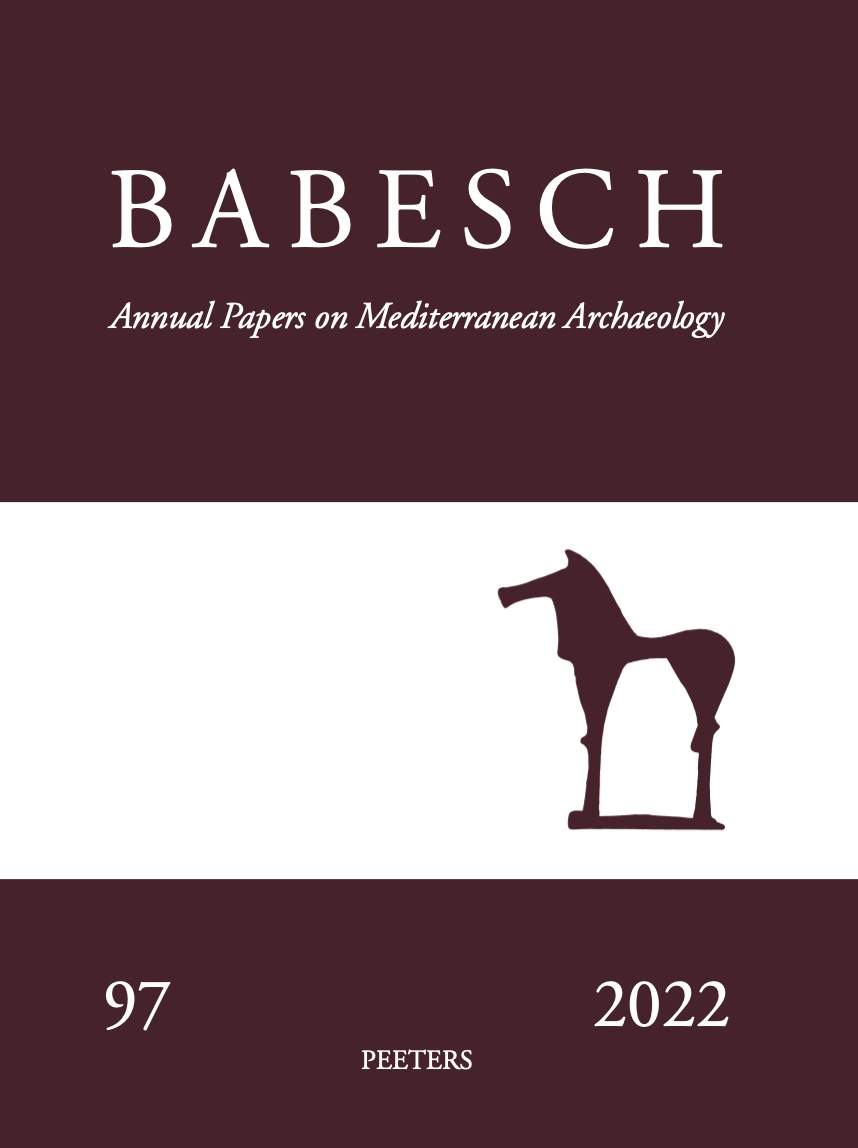 previous article in this issue previous article in this issue | next article in this issue  |

|
Document Details : Title: Laconian Clay and Bronze Oinochoae with Plastic Decorations Author(s): PELAGATTI, Paola , STIBBE, Conrad Journal: BABESCH Volume: 74 Issue: Date: 1999 Pages: 21-62 DOI: 10.2143/BAB.74.0.541748 Abstract : When Arthur Lane wrote his fundamental study on Laconian pottery, published in BSA 34 (1933-'34) 99-189, he did not have much to tell about Laconian oinochoae. Just half a page was enough for the whole story. The shape was “very common at Sparta, but few were exported”, he noted. Since then the situation has changed considerably. Now we know that in fact many Laconian trefoil-mouthed oinochoae, black-figured and, above all, black-glazed, were exported from the second half of the seventh century, through most of the sixth B.C. With the help of bronze oinochoae, which recently have been identified as Laconian, the story of the shape in the archaic period can be completed. The more elaborated plastic decorations, which, for technical reasons, could be applied to bronze oinochoae, were imitated, as far as possible, in clay too. Especially to the latter category we want to draw the attention, because only here the close relationship between the oinochoae in clay and bronze can clearly be demonstrated. The reader should bear in mind, however, that the majority of Laconian black-glazed clay oinochoae did not have any plastic figure decoration at all. The starting point for our combined efforts was the discovery, by Paola Pelagatti, of a number of unpublished black-glazed Laconian oinochoae with plastic decoration from Sicilian collections and find-places. She succeeded in extending this small assemblage with specimens from other findplaces, as far distant from Sparta as e.g. Tocra, Rhodos, Samos, and Olbia (southern Russia). It seemed worthwhile to compare her findings with the parallels in bronze, which, as Laconian products, were never comprehensively discussed before. |
|
